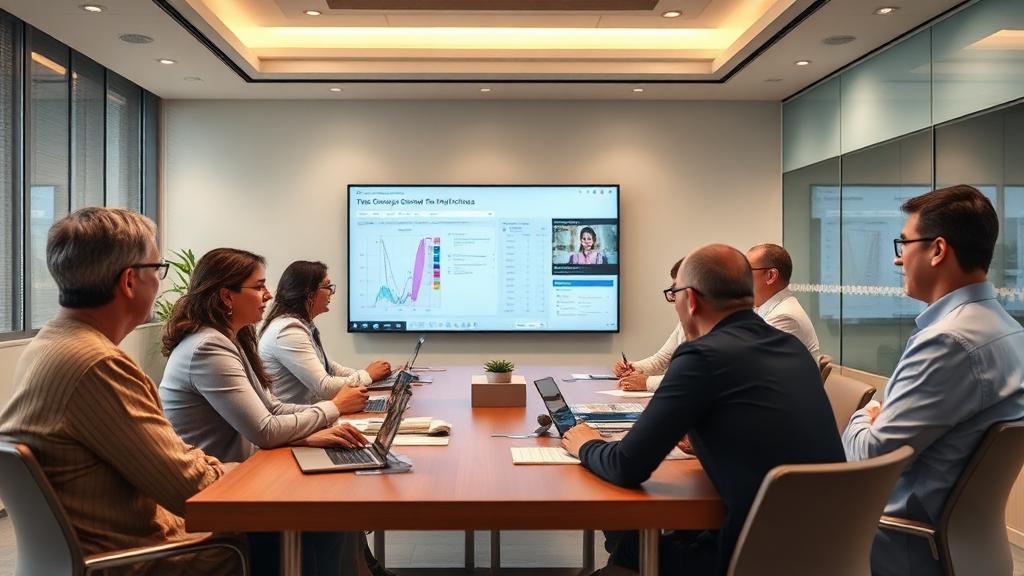Back to Blog
Event Management
Featured
Digital Twin Event Spaces: Virtual Venue Optimization
Explore how digital twin technology creates virtual replicas of healthcare event venues for advanced planning and optimization.

Digital Twin Event Spaces: Virtual Venue Optimization
Discover how digital twin technology is transforming healthcare event management by creating virtual replicas of event venues, enabling advanced planning and optimization.
Digital Twin Technology in Event Management
Digital twin technology allows for the creation of precise virtual replicas of physical event spaces. This innovative approach facilitates advanced planning, real-time optimization, and predictive analytics specifically tailored for healthcare conferences and meetings.
Virtual Venue Modeling
Spatial Mapping and Analysis
Spatial mapping involves the use of 3D venue scanning to generate accurate digital representations of event spaces. This process aids in capacity modeling, allowing for various seating configurations to be analyzed. Additionally, flow simulation is employed to understand attendee movement patterns, while accessibility mapping ensures that events are inclusive and accommodate all participants.
Environmental Simulation
Environmental simulation plays a crucial role in optimizing the event experience. By modeling lighting conditions, event planners can ensure optimal visibility for presentations. Acoustic analysis contributes to sound quality optimization, enhancing the overall auditory experience. Climate control simulation is utilized to maintain attendee comfort, while emergency evacuation scenario planning helps to prepare for unforeseen circumstances.
Advanced Planning Capabilities
Scenario Testing
Advanced planning capabilities include the ability to conduct scenario testing of multiple layout configurations in a virtual setting before implementation. This allows for crowd flow optimization via virtual simulations, ensuring a seamless attendee experience. Additionally, the validation of technical setups can occur prior to actual equipment installation, streamlining the planning process. Vendor coordination is enhanced through shared access to the virtual space, fostering collaboration and efficiency.
Real-Time Optimization
Real-time optimization is achieved through live occupancy monitoring integrated with the digital twin. This feature enables dynamic space reallocation based on actual usage patterns, ensuring that resources are allocated effectively. Environmental adjustments can be made through automated systems, enhancing attendee comfort. Furthermore, the insights gained from the digital twin facilitate coordinated emergency responses, adding a layer of safety to event management.
Implementation Benefits
Cost Reduction
The implementation of digital twin technology leads to significant cost reductions. By utilizing pre-validated configurations, setup times are greatly reduced, and equipment needs are minimized through accurate space planning. This approach eliminates the trial-and-error aspect of layout design and optimizes resource utilization through predictive modeling.
Enhanced Attendee Experience
The benefits extend to the attendee experience as well. Digital twin technology improves navigation within the venue, allowing attendees to familiarize themselves with the space prior to their arrival. Networking spaces are optimized based on flow analysis, reducing crowding through predictive capacity management. Comprehensive planning also enhances accessibility, ensuring that all attendees can fully participate in the event.
Digital twin event spaces represent the future of venue management, offering unprecedented insights and control over physical environments. By leveraging this technology, healthcare events can be optimized for an exceptional attendee experience.









.jpg)